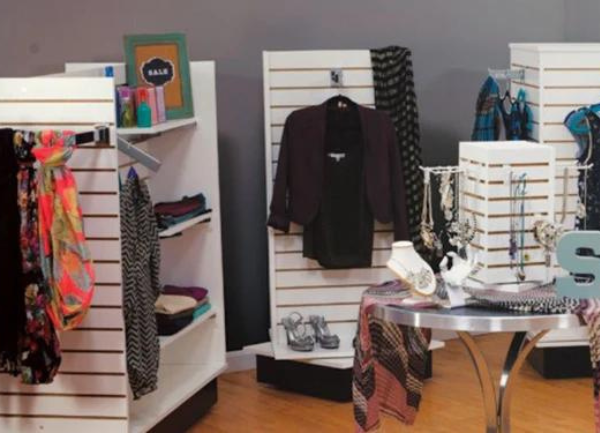Putting Products In A Retail Store
It is mid-summer once again and we are back to the farmer's markets with our alpacas and our products. I love seeing the people, new and old, enjoying new cria and looking at some of our clothing. The ever popular question I always get asked is, "Where do you sell your products?". I smirk at the irony as they have a hat in their hand and are standing next to a large display of alpaca gear... However I do understand that many are not ready to think about let alone buy a warm hat when it is 92 degrees outside. It is tough to sell ice to an Eskimo. With an increased demand of asking where our products are available other than just a Tuesday night at the market, we have started putting our products in stores, both locally and out of state. This comes with a whole new set of responsibilities and things to do.
There are several areas that you need to consider when looking at the benefits and the downsides of supplying retailers:
1. Money: One of the biggest reasons many of us have products in the stores is reaching more people and potentially obtaining more money. While this is true, your profits are often less because you are wholesaling the products. You are now the middle man. Stores will often want to keystone (or double) their profits. So if you feel a hat can sell for $60.00 at retail pricing, you will need to sell it to the store for $30.00.
2. Supply: You need to ask yourself not only can you afford to wholesale, but do you have the supplies to do so? We have thousands of pounds of fleece that we process every year but it is very likely that we can be short on yarn for a hat. Can you supply everyone with what they want immediately? These days it is just in time shipping for the distributor. Many are willing to wait a couple of days for an order to ship but not weeks and certainly not months.

3. Energy: Not only does it take a lot of money to get going but also a lot of work and timing if you're planning to quality control check, price, package, and ship the product. I personally do all of this myself and it is definitely a full time job. The USPS Click-and-Ship system is excellent for shipping from home.
4. Marketing: With our margins so low, we look at our boutique alpaca product line in the stores as great marketing. We have put them excellent stores for a variety of consumers - Co-ops, ranch supply stores and hardware stores. This helps promote your products to many who may not stumble upon our website or see us at an event. After 10 years in the business -and the largest alpaca farm in the state - people still have no idea what an alpaca is. Getting your name out is everything for your company.
 5. Working with your dealers: Always be professional, be friendly with all the staff and try to deal consistently with the same person if possible. Make yourself easy to work with. If they are local, we often deliver the products for free to save them on shipping. See if they want you to provide a display rack, what are their packaging requirements (UPC codes) and their expectations of turn-around. Be clear on your terms (pay in advance, at delivery, or within a certain amount of time after delivery). You are now required to have even greater quality control, consistent product and pricing. Often if you mess up once, you are out of the game. Dealers / retailers deal with thousands of SKUs and do not want to have an extra chore (or headache).
5. Working with your dealers: Always be professional, be friendly with all the staff and try to deal consistently with the same person if possible. Make yourself easy to work with. If they are local, we often deliver the products for free to save them on shipping. See if they want you to provide a display rack, what are their packaging requirements (UPC codes) and their expectations of turn-around. Be clear on your terms (pay in advance, at delivery, or within a certain amount of time after delivery). You are now required to have even greater quality control, consistent product and pricing. Often if you mess up once, you are out of the game. Dealers / retailers deal with thousands of SKUs and do not want to have an extra chore (or headache).Above all, do not underprice them. Do not compete with your dealers or they will have to drop you because they are not able to sell your product.

